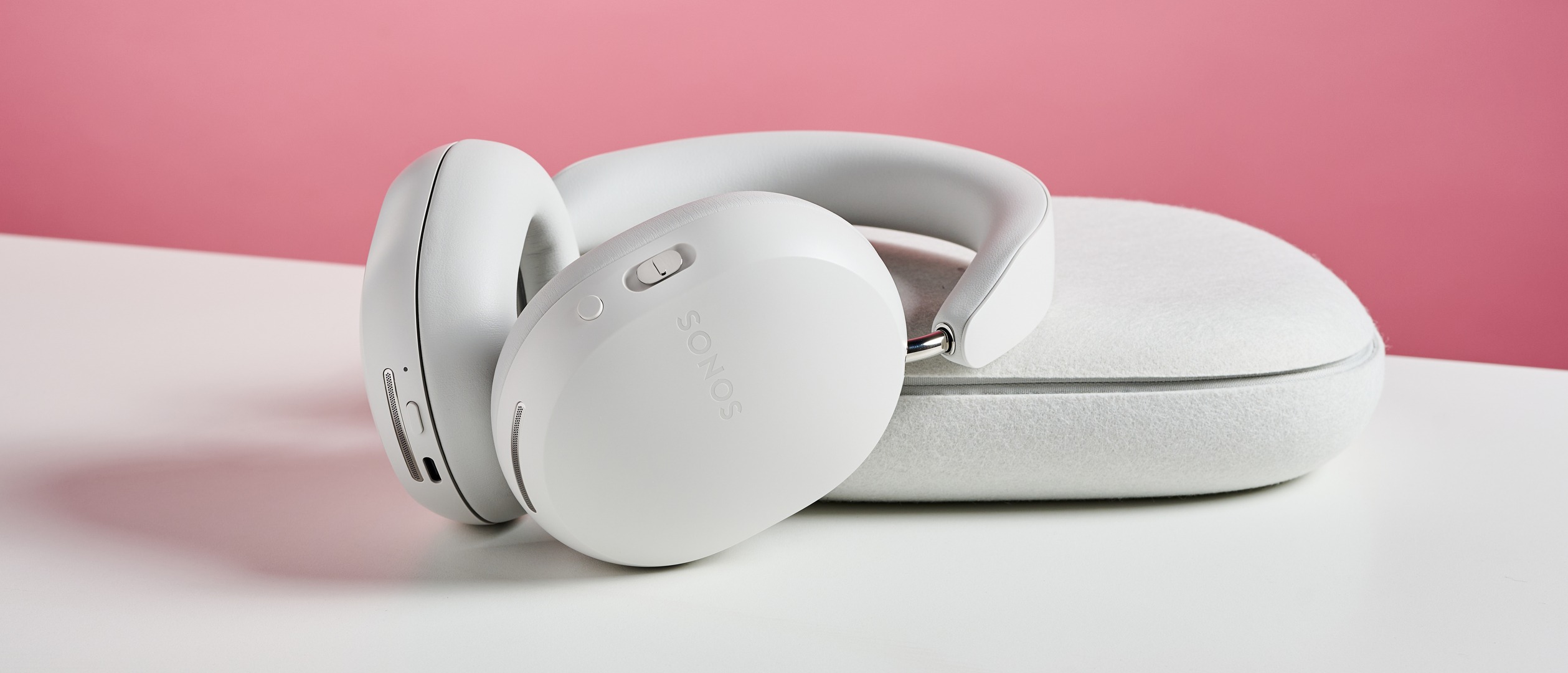When Dolby created a game for the headphone market in 2018, its technically loaded Dimension model offered excellent sound quality, but the price of was too high to prevail. Now Sonos, another major player in living room Audio over the past decade, has entered an equally not-known territory. After years of hints and rumors, the Sonos Ace arrives this week, and the company offers the refined design you expect, as well as impressive audio quality. The way these headphones integrate with their speakers does not meet the expectations of many, but the functionality works well. However, one thing that could detract from an otherwise stellar debut is the limited Ace support at launch.
Sonos Ace sound quality and ANC performance
Given the sound capabilities of Sonos, I expected a lot from the sound quality of the Ace. Indeed, the company’s first headset offers audio quality comparable to its high-end speakers, with some home theater features. the 40mm dynamic drivers offer both power and clarity, which puts the Ace at the top of our List of the best wireless headphones in terms of sound performance. The bass is big and buzzing for the bass drum hits on Bilmuri’s Post-Hardcore “Talkin ‘2 Ur Ghost”, but it is suitably discreet on Wyatt Flores’ Country Tapeteur “Milwaukee”, where there is still a lot of detail in the muted rhythm section.
Sonos Ace-black – noise-canceling wireless over-ear headphones
The first Sonos headphones are sonically impressive, and the soundbar synchronization function is easy to use. However, the Ace is expensive and it will take some time before it can reach its full potential.
Like many Sonos speakers, the Ace excels in Dolby Atmos content. And this applies to both music and television/cinema. There is an Apple Music Live set by Luke Combs shot in a Country venue, while most of these Sessions take place in a Studio. With the Ace, you have a strong feeling that you are at the fair. The reverberation, the singing crowd, the volume of the mixing room and the natural qualities of a Live band are improved with these headphones. When I saw Drive to Survive or the last siege of Rogue One, the ace shone with the directional zooms of F1 cars and spacecraft.

The Sonos Ace supports Lossless Audio in two ways. The first is done via a wired USB-C connection. The second is exclusive to current Android devices. If you have one, you can use aptX Lossless from Qualcomm’s Snapdragon sound platform, which allows better sound quality via Bluetooth. This second option was not available during the review period, so I couldn’t test it, but Sonos says it will be ready when the Ace ships on June 5th.
There are not many companies that come close to Apple with their ambient noise mode, but Sonos gives AirPods Max some competition. Apple has mastered natural-sounding transparent audio, and the Ace almost achieves this, because it offers one of the few configurations where I can hear my voice appropriately without feeling the need to scream. This is great if you have a short conversation or if you need to use the Ace for a call. It also means that you have a firm grip on your surroundings, not a somewhat toned-down version of yourself.
Active noise cancellation (ANC) is another area in which Sonos does not have much experience, and this is one of the few stumbling blocks on the Ace. The constant noise is always noticeable when it is muted, unless the volume is turned up. You also need to set it to a considerable level to muffle human voices. It’s probably enough to get the job done in many scenarios, but it’s not on par with Bose or Sony.
TV audio exchange and real cinema
Where the Ace flexes its Sonos muscles is the ability to receive Audio from one of the company’s soundbars. The feature, called TV Audio Swap, allows you to do this at the touch of a button, either through the headphones or in the Sonos app. Basically, the tool creates a private listening in your living room when your family has gone to bed or you don’t want to disturb them at other times. After a quick setup to connect the Ace to your Sonos soundbar, the TV audio exchange is really as fast and easy as a simple press of a button. And because a Sonos soundbar is connected to your TV via HDMI ARC, it works with streaming devices and game consoles that go through the speaker.
When you turn on the audio exchange of the TV, a Wi-Fi chip in the Ace takes over the reception of signals from the soundbar. Low-power Bluetooth stays connected to your phone for commands and settings, but you don’t get a device replacement like Bluetooth Multipoint. This means that when you receive a call, you must cancel the Bluetooth exchange to reconnect (it also means that your phone will not ring in the headphones when the TV audio exchange is active).






